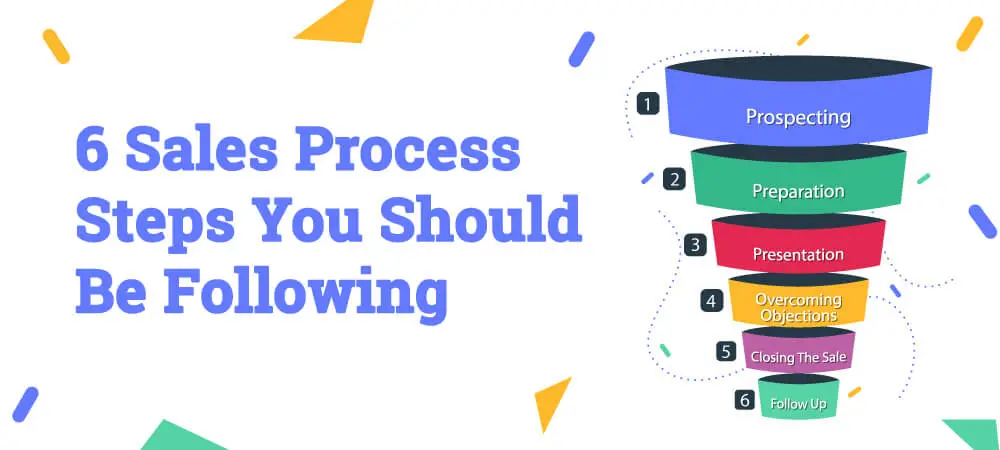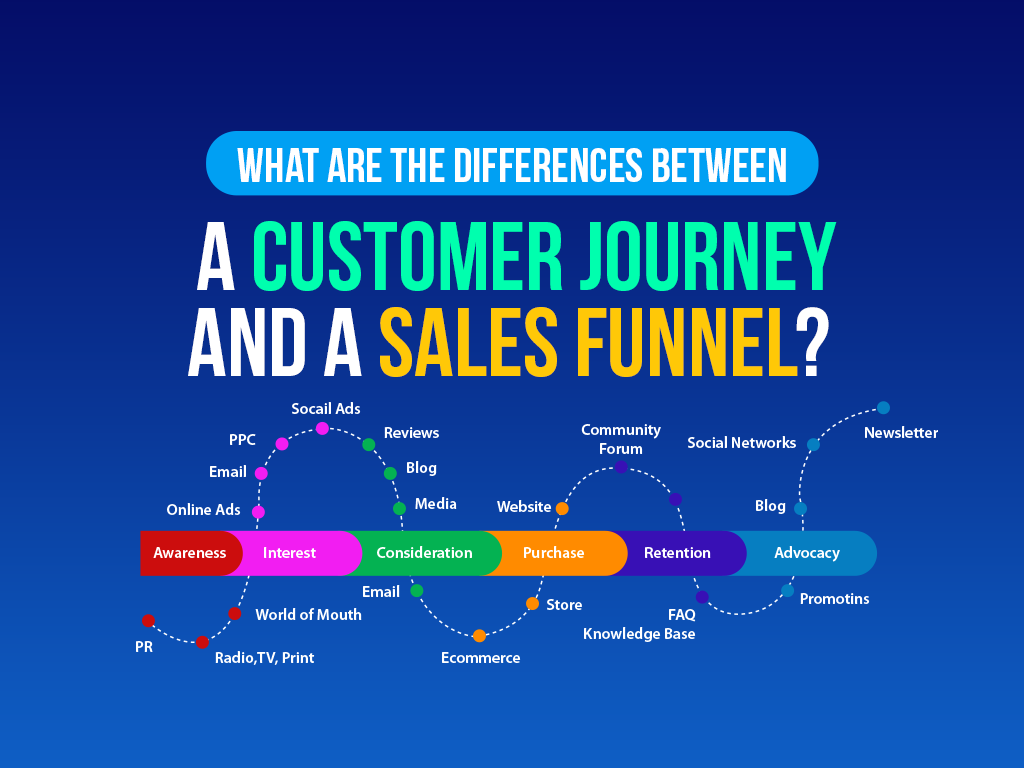Successful sales closing techniques
With the ever-evolving landscape of sales, it’s crucial for sales professionals to master the successful sales closing techniques effectively. Closing a sale is a critical component of the sales process, and having proven techniques can make all the difference in converting leads into loyal customers. In this informative blog post, we will probe into some successful sales closing techniques that have been time-tested and proven to drive results in the competitive world of sales.
Key Takeaways:
- Understanding Customer Needs: Successful sales closing techniques involves understanding the customer’s needs and addressing them effectively.
- Building Trust: Building trust with the customer is important in closing a sale. This can be achieved through effective communication and building a good relationship.
- Creating a Sense of Urgency: Creating a sense of urgency can help in closing a sale. Limited time offers or highlighting scarcity of the product can drive the customer to make a purchase decision.
- Handling Objections: Effective sales closing techniques involve being able to address and handle customer objections. This requires active listening and providing solutions to overcome objections.
- Asking for the Sale: One of the most important sales closing techniques is simply asking for the sale. Directly asking the customer if they are ready to make a purchase can often lead to a successful close.
The Psychology of Closing Sales
Building Trust and Rapport
Closing a sale isn’t just about pitching the product or service; it’s about building a foundation of trust and rapport with the customer. People are more likely to buy from someone they like and trust. Demonstrating genuine interest in the customer, listening actively to their needs, and being honest and transparent are key elements in establishing this trust.
Recognizing Buying Signals
One crucial aspect of successful sales closing is the ability to recognize buying signals from the customer. These signals can be verbal or non-verbal cues indicating the customer’s interest in making a purchase. Pay attention to signs like asking about product specifics, inquiring about pricing, or showing enthusiasm towards the product.
To effectively recognize buying signals, salespeople need to be attentive and proactive in their interactions with customers. This involves actively listening to the customer’s needs and preferences, asking open-ended questions to uncover underlying motivations, and observing their body language for signs of interest or hesitation. By being attuned to these signals, sales professionals can tailor their approach and timing to close the sale successfully.
Classic Closing Techniques
The Assumptive Close
Close the deal by assuming the sale has already been made. Some sales professionals find success with this technique by using language that presumes the customer’s agreement, such as “When would you like your delivery?” or “How would you like to pay?” This approach can gently nudge the customer towards finalizing the purchase without applying pressure.
The Urgency Close
With the urgency close, the salesperson creates a sense of urgency to motivate the customer to make a decision quickly. By emphasizing limited time offers, exclusive deals, or scarce availability, the salesperson prompts the customer to act promptly to secure the opportunity. This technique plays on the customer’s fear of missing out and can be highly effective in closing sales.
The Urgency Close leverages the customer’s desire to obtain the product or service before it’s too late. By highlighting the immediate benefits and the potential loss of the opportunity, sales professionals can push customers to make a swift decision. This technique is particularly useful in industries where demand outstrips supply or in seasonal sales where time sensitivity is crucial.

Advanced Closing Strategies
- The Consultative Close
Technique Description Asking Open-ended Questions Engage the prospect to uncover their needs and preferences. Active Listening Show empathy and understanding to build rapport. - The Value Proposition Close
Technique Description Demonstrating Value Showcasing the unique benefits of the product or service. Overcoming Objections Addressing concerns to highlight the value proposition.
The Consultative Close
Advanced sales professionals often use the consultative close to tailor their pitch to the specific needs of the prospect. By asking open-ended questions and actively listening to the responses, they can better understand the customer’s requirements and provide personalized solutions that meet their expectations.
The Value Proposition Close
Closing the sale with a strong value proposition involves demonstrating the unique benefits and value that the product or service offers. By showcasing how the offering can solve the customer’s pain points and address their needs, sales professionals can effectively convey why the purchase is a smart investment.
For instance, when using the value proposition close, sales reps should emphasize the return on investment for the customer. By quantifying the benefits and showcasing the long-term value of the purchase, they can help prospects see the advantages of choosing their product or service over competitors.
Overcoming Objections
Addressing Concerns Head-On
On your journey to closing a sale, it is inevitable that objections will arise. One effective strategy for overcoming these concerns is to tackle them head-on. By acknowledging the potential issues or hesitations that the customer may have and addressing them proactively, you demonstrate transparency and build trust. This approach allows you to showcase your expertise and offer solutions to any doubts or reservations the customer may have.
The ‘Feel, Felt, Found’ Technique
Found to be a proven sales closing technique, ‘Feel, Felt, Found’ can help you navigate objections with finesse. When a customer raises a concern, begin by empathizing with their feelings – “I understand how you feel.” Next, relate their concern to a similar situation where others have felt the same way – “Many of our customers have felt that way initially.” Finally, share how those customers ultimately found the product or service valuable – “What they found was that after trying it, their initial concerns were resolved and they saw the benefits.”
A valuable aspect of the ‘Feel, Felt, Found’ technique is its ability to validate the customer’s concerns while gently guiding them towards a positive resolution. This structured approach can turn objections into opportunities to provide personalized solutions and ultimately close the sale successfully.
Summing up
With this in mind, successful sales closing techniques play a crucial role in closing deals effectively. By employing strategies like the ones outlined in the article on 20 Modern Sales Closing Techniques To Win More Deals, sales professionals can enhance their closing rates by understanding customer needs, building relationships, and creating value propositions that resonate. These techniques, when applied thoughtfully and strategically, can make a significant difference in achieving sales targets and fostering long-term customer relationships.
Hope “Successful sales closing techniques” gave you insight into closing techniques also read “What are the most effective sales techniques? – Pulse Business“
If you like the content follow us on Instagram






